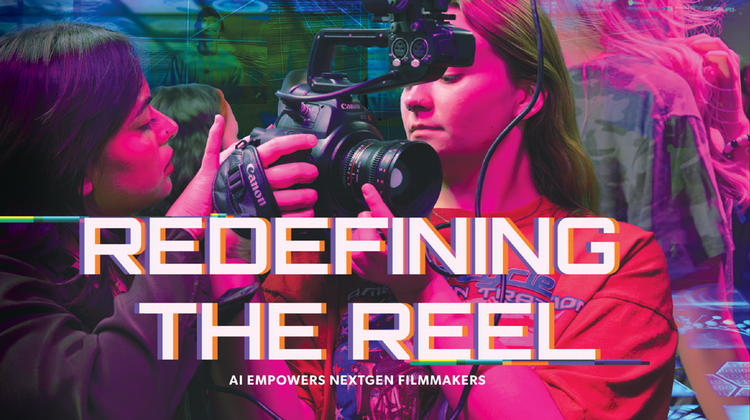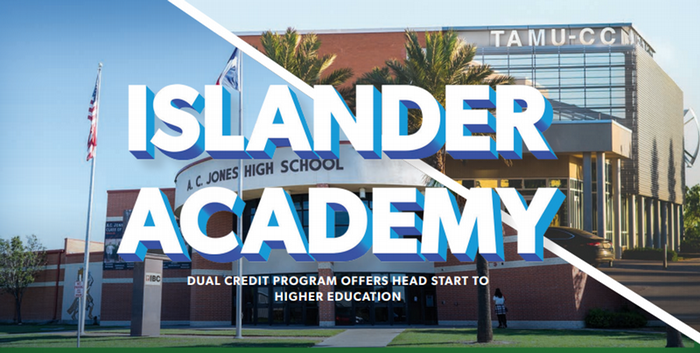Bell Library’s Special Collections and Archives is Home to a Wide Range of Historical Treasures
CORPUS CHRISTI, Texas — While libraries are universally recognized institutions, the role of Special Collections and Archives within a library is one that is often overlooked, despite its vital significance. At Texas A&M University-Corpus Christi, the Special Collections and Archives at the Mary and Jeff Bell Library serves as an invaluable repository of historical records, housing a diverse array of rare books, correspondence, and precious artifacts. These items, characterized by their fragility, uniqueness, and immense value, require specialized skills and meticulous preservation procedures.
“The archivists withing Special Collections and Archives at TAMU-CC function as the caretakers of critical community and cultural history from a wide spectrum of perspectives,” said Dr. Cate Rudowsky, Dean of University Libraries. “Our archival collections are used by historians not just to study and research history, but to write it as well.”
While preservation of archives is a top priority, ensuring access to these historic records is equally important. The National Endowment for the Humanities (NEH) recently awarded the Island University a three-year $500,000 federal matching funds grant to initiate the relocation of the archives from the Bell Library to the university's downtown mixed-use building. The five-story building, located at 223 N. Chaparral St., was purchased in 2019. Current plans for the space include converting the second floor into the new Special Collections and Archives area.
The Island’s archival space has now reached capacity, and the transfer to a larger, purpose-built facility will provide enhanced long-term storage options, including improved hurricane protection and environmental controls. Moreover, the new state-of-the-art space will incorporate a dedicated digitization lab, cold storage for the preservation of film and photographs, and an exhibition space, the latter of which will showcase numerous collections to better engage the community and share its rich history.
“History belongs to everyone and increasing access allows the university's Special Collections and Archives to provide an important service to the community,” said Rudowsky, who is the primary investigator on the NEH grant. “By expanding our footprint through engaging exhibits and multi-use space in the new downtown building, we can increase community awareness and encourage their engagement with the very history they are helping to create.”
The move will also allow the archives to highlight many collections that have not received the notice they deserve. Notable among the more than 300 collections and counting are the Charles F. H. von Blucher Collection, the Murphy Givens Papers, the L.H. Gross Papers, and the Dan E. Kilgore Collection.
The Blucher Collection houses multiple generations of records that help tell the story of the growth and construction of the area. While the men served the community as surveyors, the women were avid writers and had the forethought to ensure their story was preserved. The collection holds many community connections in the multitude of maps and letters — from matriarch Maria von Blucher, to records concerning Charles’ daughter Marie, who was hired as Corpus Christi's first librarian in 1914.
“The efforts of the Blucher women were instrumental in providing us with a woman’s perspective of pioneer life,” said Dr. Rick Smith ’03, ’06, Executive Director of the TAMU-CC Conrad Blucher Institute. “Maria was really a frontierswoman. While Felix was away surveying, Maria shouldered the burdens of maintaining their homestead, while also teaching piano, writing, and language to their five children and others. The letters she wrote to her parents in Prussia span nearly three decades and give us insight into her extraordinary experience as a German immigrant in early Corpus Christi. Later, it was the efforts of her granddaughter, Marie, that helped preserve those letters and arrange for their translation from German to English so we could gain from their historical value.”
One of the newer acquisitions for the university’s archives is the Murphy Givens Papers. Givens, who passed away in 2020, was a longtime Corpus Christi Caller-Times reporter, historian, and author who contributed significantly to the understanding of the history and culture of South Texas. In 2022, his family donated his legendary accounts of local and state history to the university.
“He put his blood, sweat, and tears into these papers, and while Murphy was very self-effacing, he took every comment and compliment about his work personally,” said Karen Givens, Murphy’s wife of 40 years. “We’re very proud of his works, and we hope it encourages everyone who sees it to think critically and ask questions.”
Alongside the Givens papers are many photographs, which have been digitized by the Bell Library to provide accessibility to those who cannot visit the library in person.
“Having a state-of-the-art digitization lab in the new building will ensure even greater preservation and access to the collections and will ensure that fragile documents can be seen and experienced throughout the world,” Rudowsky said. "It opens history up beyond those able to visit physically and expands awareness of our unique South Texas history and the rich stories that history holds."
The downtown building also allows for better protection from storms. The 77,000-square-foot building, built in 1947, is made of poured concrete and has survived six hurricanes. The new space has the added protection of the surrounding seawall that will aid in defense against both rain and storm surges.
It is interesting to note that both the Gross Papers and the Kilgore Collection hold hundreds of records regarding hurricanes. The Gross Papers include picture postcards that document the 1919 Hurricane, while the Kilgore Collection includes books and papers that depict the damage left behind by Hurricane Celia and other hurricanes. The weather log for Corpus Christi in 1919 is also part of a rare book collection in Special Collections and Archives and gives a firsthand account of the storm and its impact.
“The archives are anything but a dusty forgotten storage room of records; they help bridge the community and university through their work," Rudowsky said. “Archives tell the stories of our past, which are essential to understanding our present and planning for our future. They ensure that no moment in time is forgotten and that our futures are better informed.”










